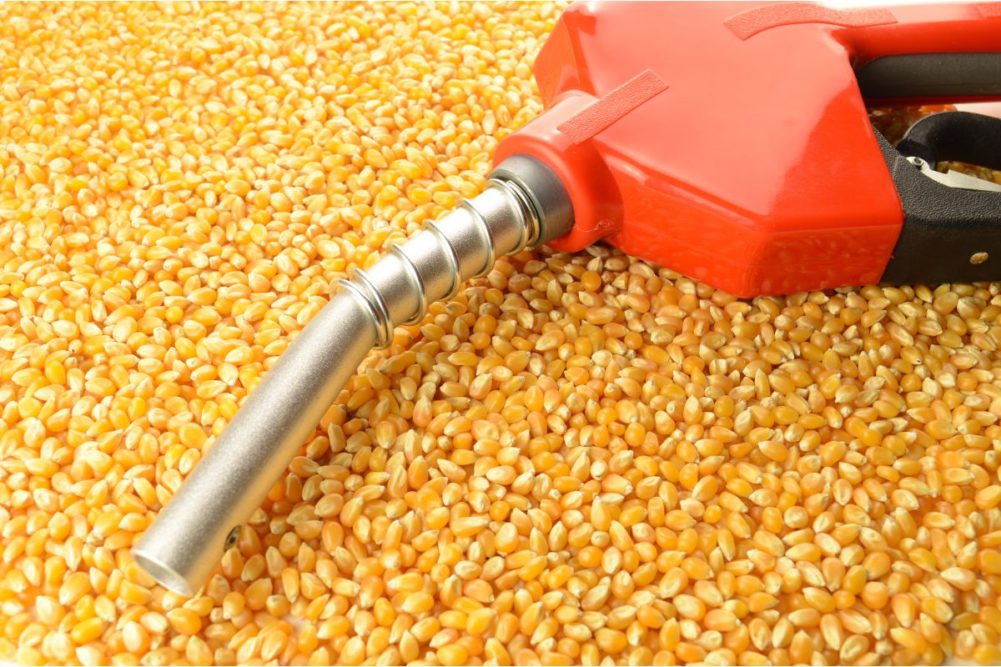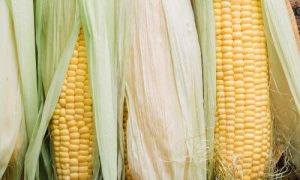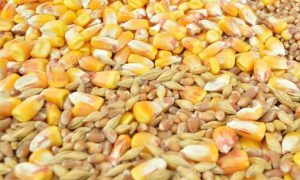Maize Supply Key To India’s Ethanol Blending Target: Shree Renuka Sugars’ Executive Chairman

India plans to raise ethanol blending in petrol from 20% to 30% by 2030, demanding 15–16 billion litres of ethanol annually, says Shree Renuka Sugars’ Atul Chaturvedi. Sugar alone can supply 7 billion litres; maize must fill the gap, needing 25–30 million tonnes. Dual-feed distilleries using cane and maize are key to achieving the target.
India is reportedly planning to increase its ethanol blending target in petrol from 20% to 30% by 2030.
Achieving this ambitious goal will require a substantial increase in ethanol production—about 15 to 16
billion litres annually—according to Atul Chaturvedi, executive chairman at Shree Renuka Sugars Ltd.
“The sugar sector can only give about seven billion litres of ethanol. And at 30% blending, our back-of-the envelope calculation tells us India would need about 15-16 billion litres of ethanol. These are only ballpark numbers. And to achieve that, you need a massive supply from the maize or the grain sector,” he told NDTV Profit.
The grain sector, or maize in particular, will have to chip in with closer to about something like 25 to 30
million tonnes of maize that needs to be diverted, he said.
Chaturvedi mentioned Brazil as a global benchmark, noting that even a country with decades of experience in ethanol blending is still at 27%.
“It is a challenging target because, even Brazil, which has been blending for a very long time, has achieved
only about 27%. This is after they have already introduced flex fuel to cars and 100% ethanol cars,” he said.
He also flagged possible disruptions to India’s oilseed sector, stemming from increased maize use. A byproduct of maize distillation, DDGS (Distiller’s Dried Grains with Solubles), competes with soya meal, potentially impacting soybean crushing.
“Using maize for ethanol brings its own challenges. For example, one of the byproducts of maize distillation is DDGS. And DDGS is dampening the demand for soya meal in the country big time,” the top executive said.
So, soyabean crushing can get affected, and with the farmers getting better returns from maize compared to soya, I think the oilseed sector, in particular, soyabean, could be in serious trouble going forward, he said.
With feedstock availability emerging as the key hurdle, Chaturvedi emphasised the importance of upgrading existing sugar distilleries to handle dual feedstock—cane during the crushing season and maize in the offseason. This should be given preference over increasing the capacity of sugar distilleries, and this practice is already being adopted by players in the sugar industry.
Achieving this target requires a massive amount of feedstock, which is not available today. India will have to use both cane, juice, and the heavy supply from the sugar sector and the grain sector, Chaturvedi said. “So I think both will have to go in tandem and expanding the capacity of sugar distilleries is possibly not the right answer. What the sugar industry would be doing, and they’ve already started doing, is to convert these units into dual feed.”
“So when the season is there, you use the cane, and when the off-season approaches, you use maize because the same distillery can handle both. So you would possibly see capex in the form of having dual feedstock,” he said.
Shree Renuka Sugars is already operating at 125% ethanol capacity during the season and is actively
exploring dual-feed expansion, leveraging Karnataka’s strong maize production, Chaturvedi said.
Shares of Shree Renuka Sugars were trading 1.2% higher at Rs 28.7 on the NSE at 1 p.m. on Wednesday,
while the benchmark Nifty 50 was 0.07% higher at 23,343 points.
To Read more about Ethanol Industry & Bio Energy News, continue reading Agriinsite.com
Source : NDTV Profit
















